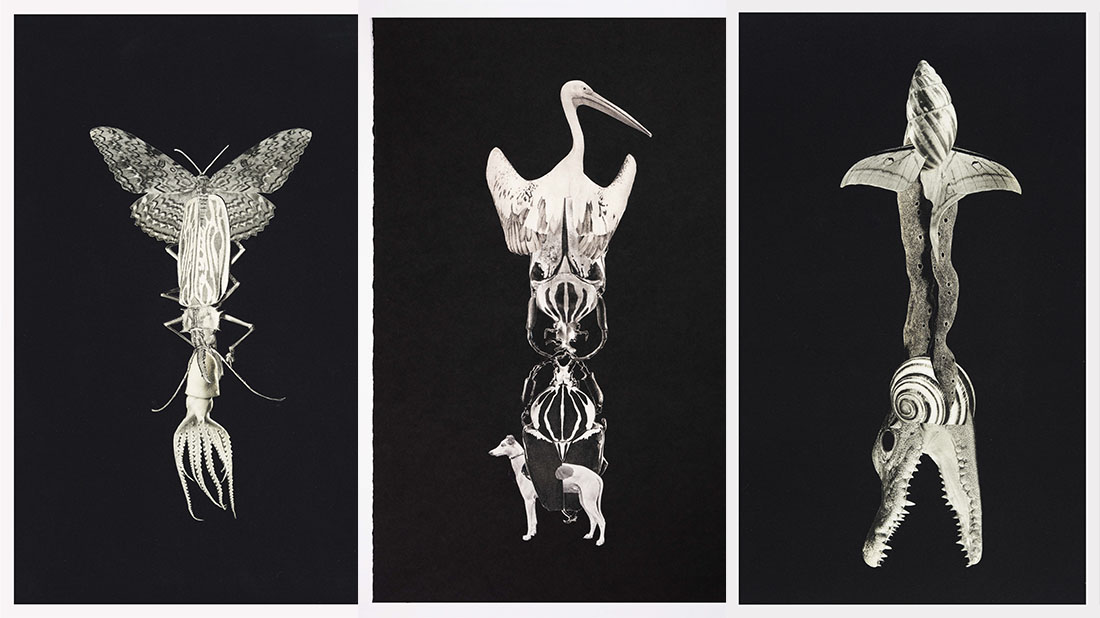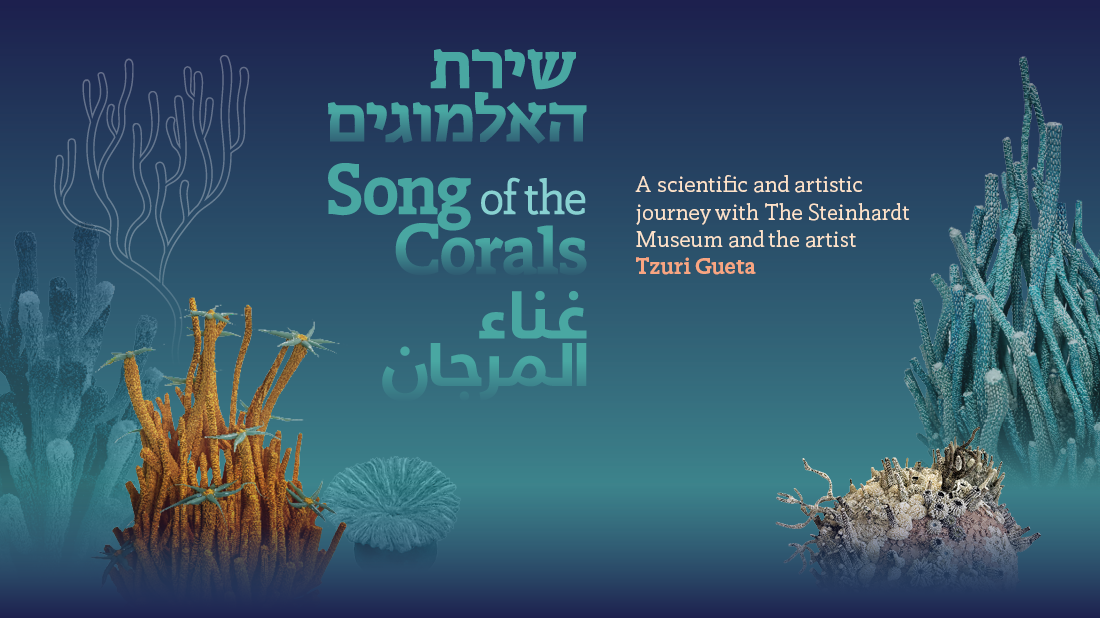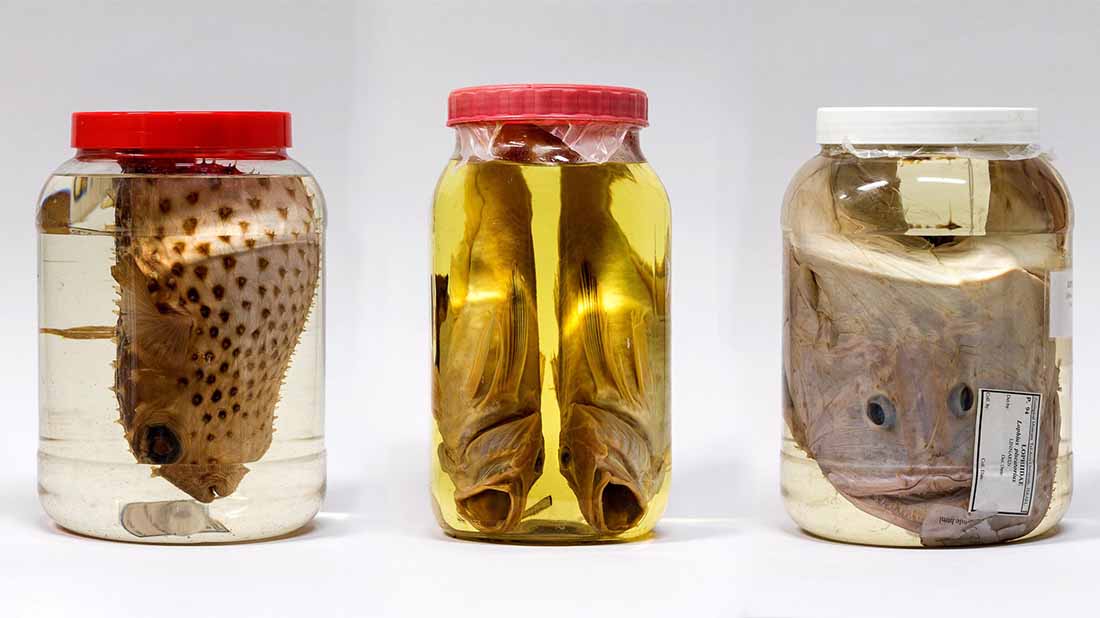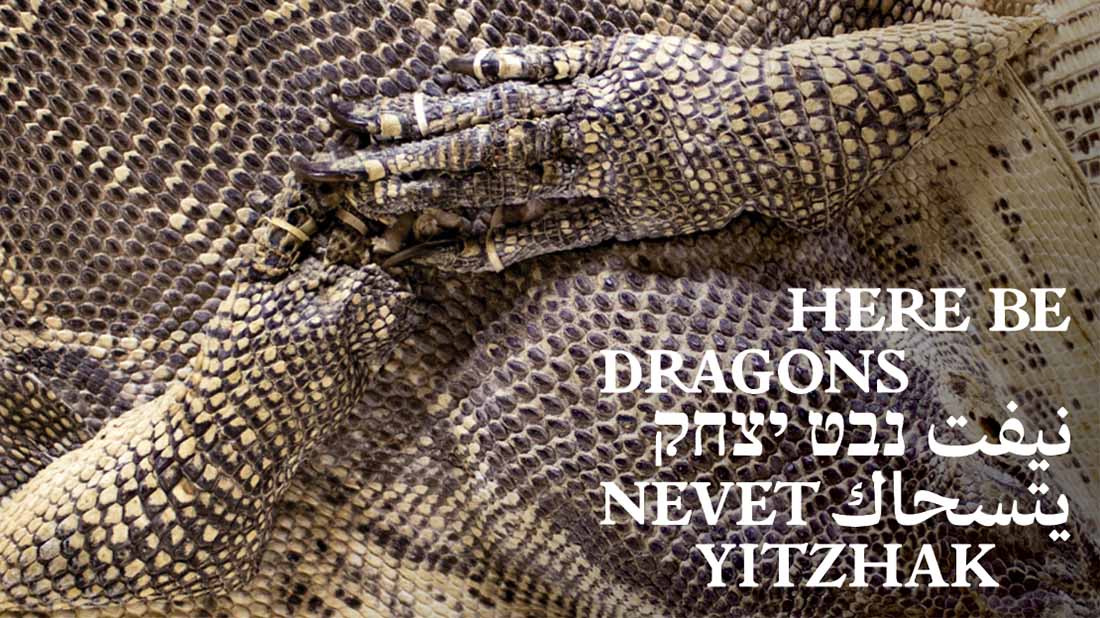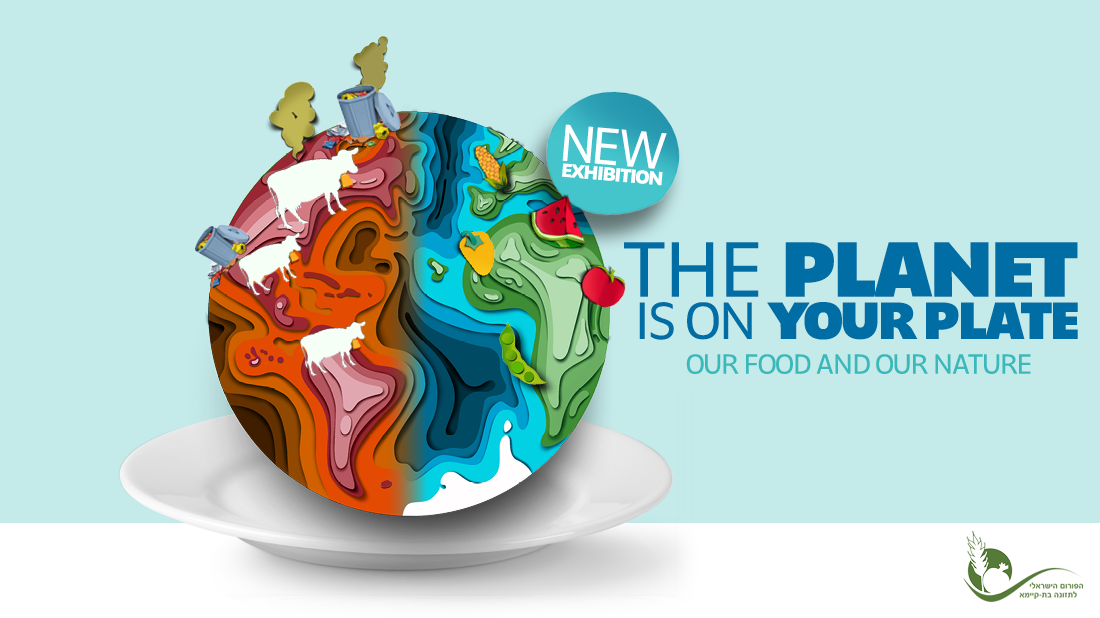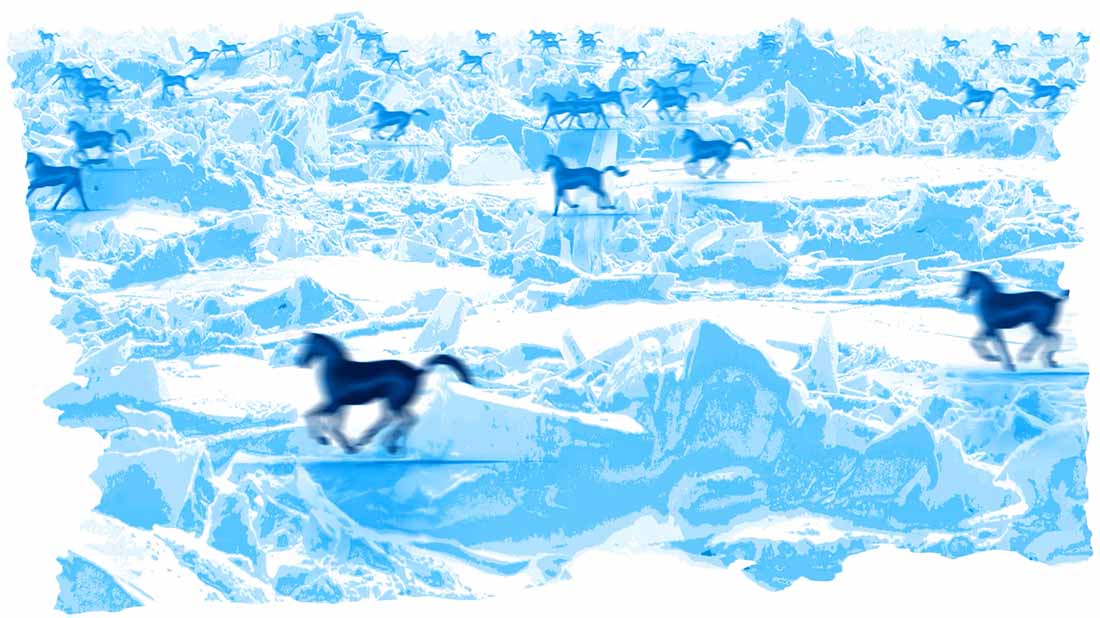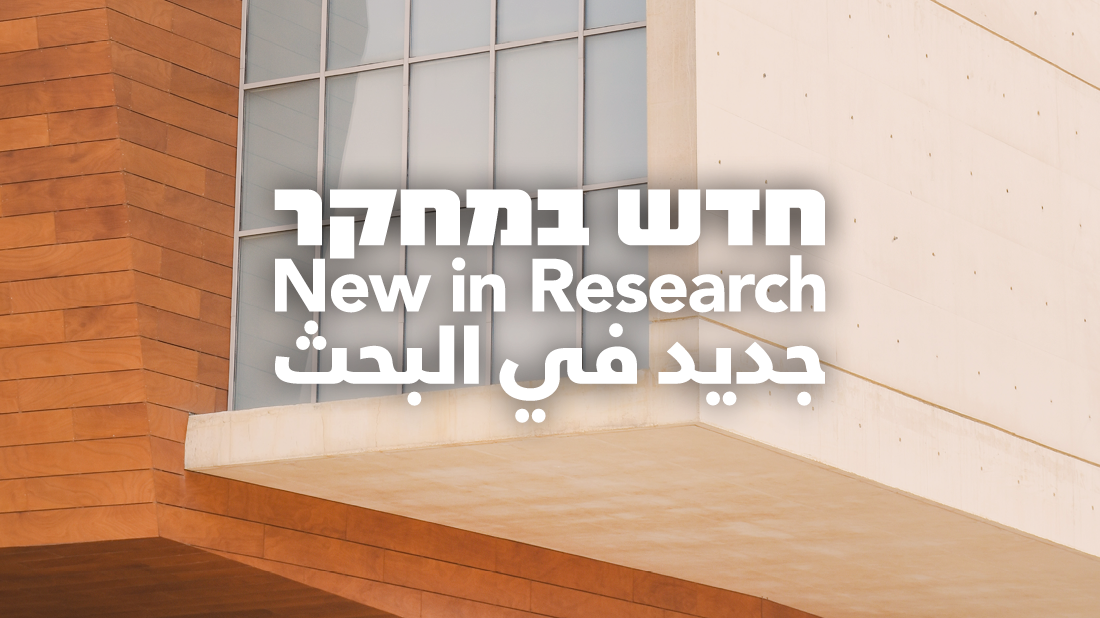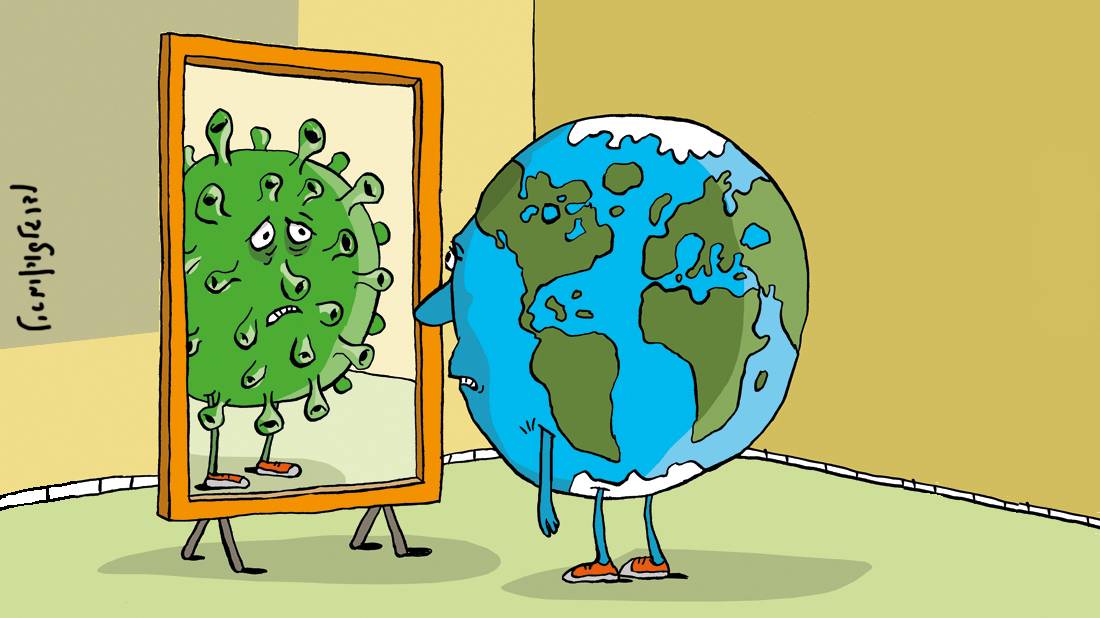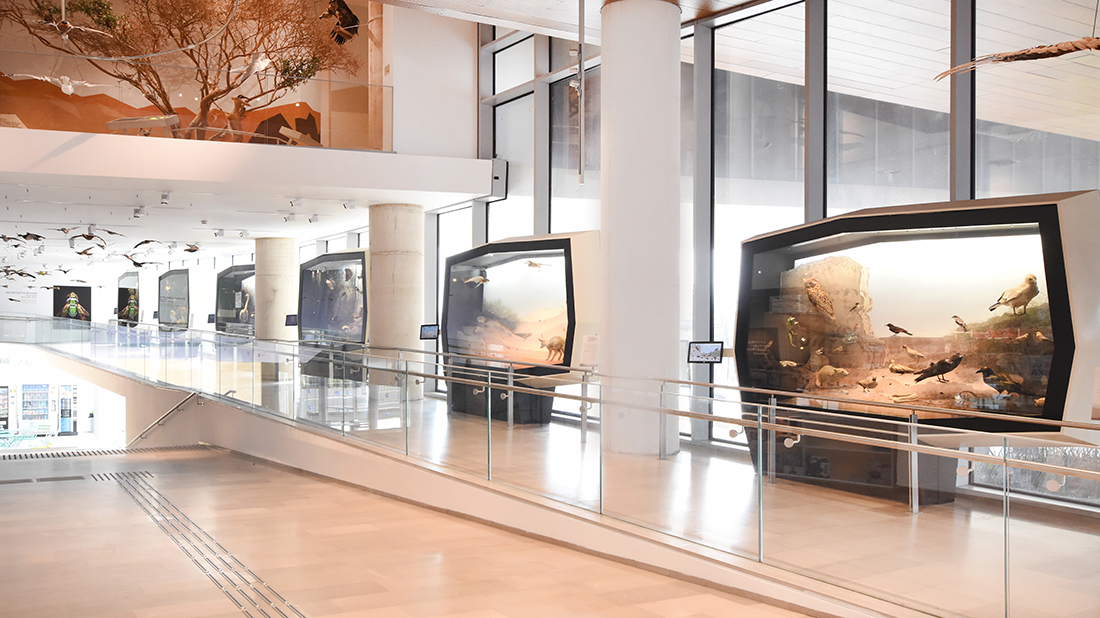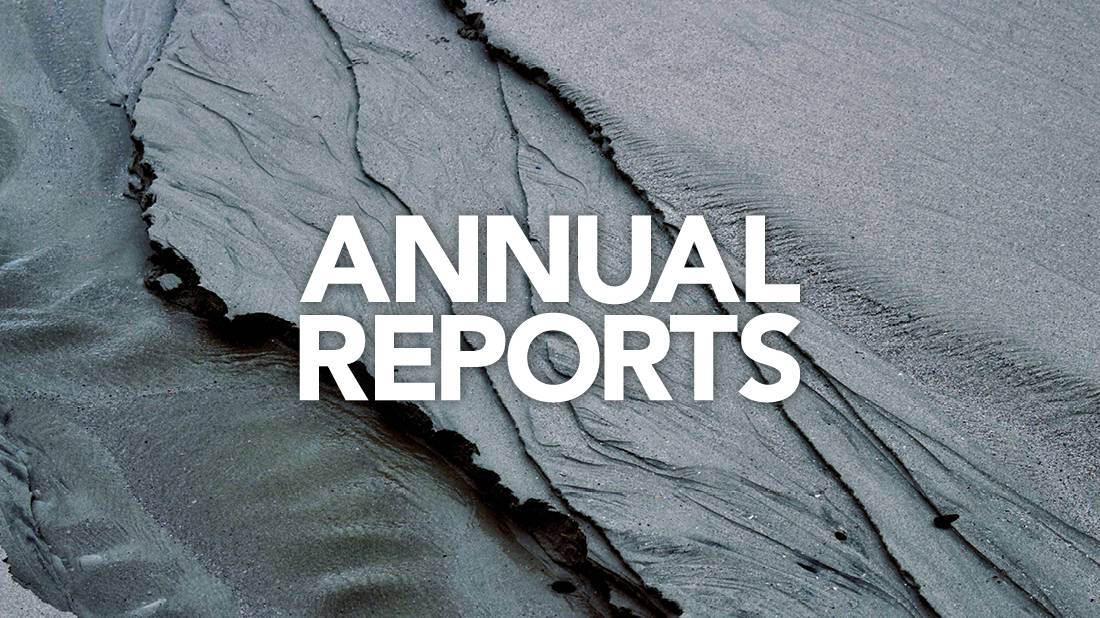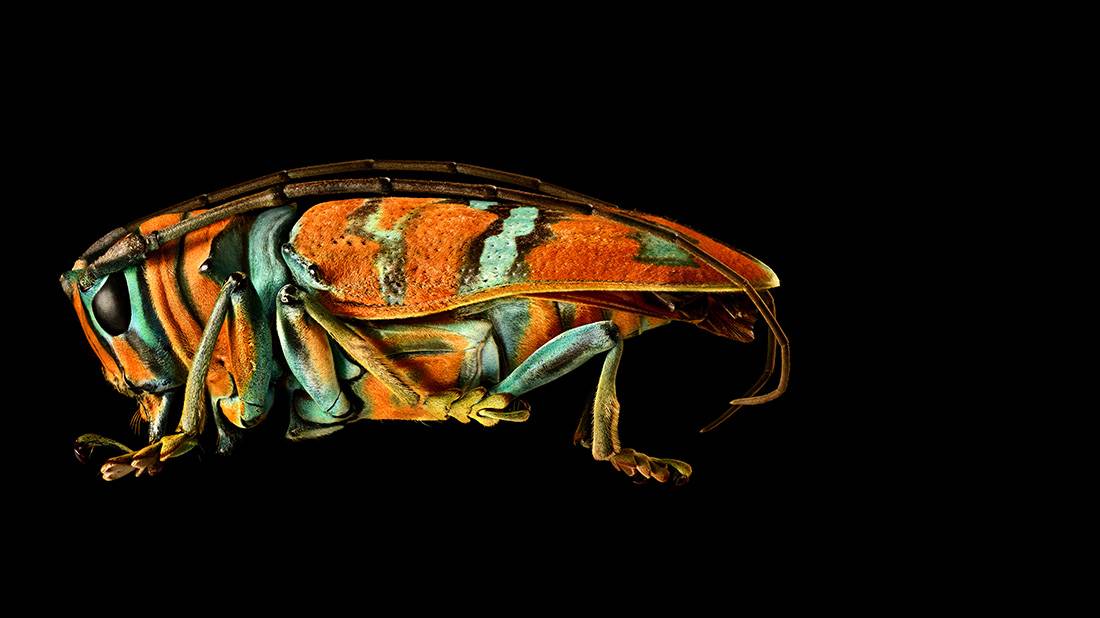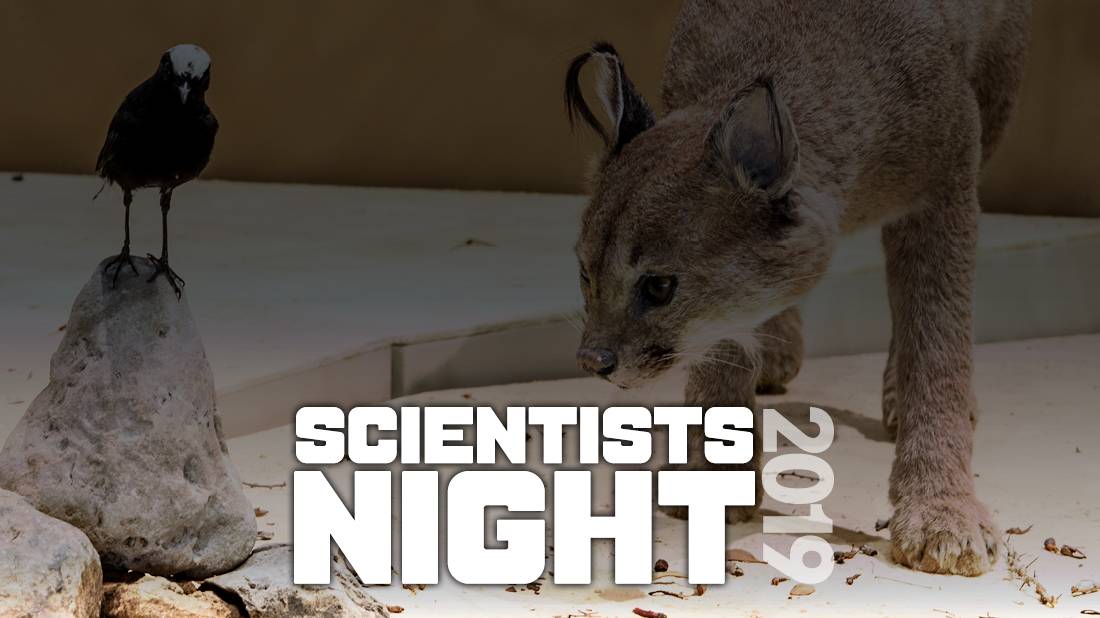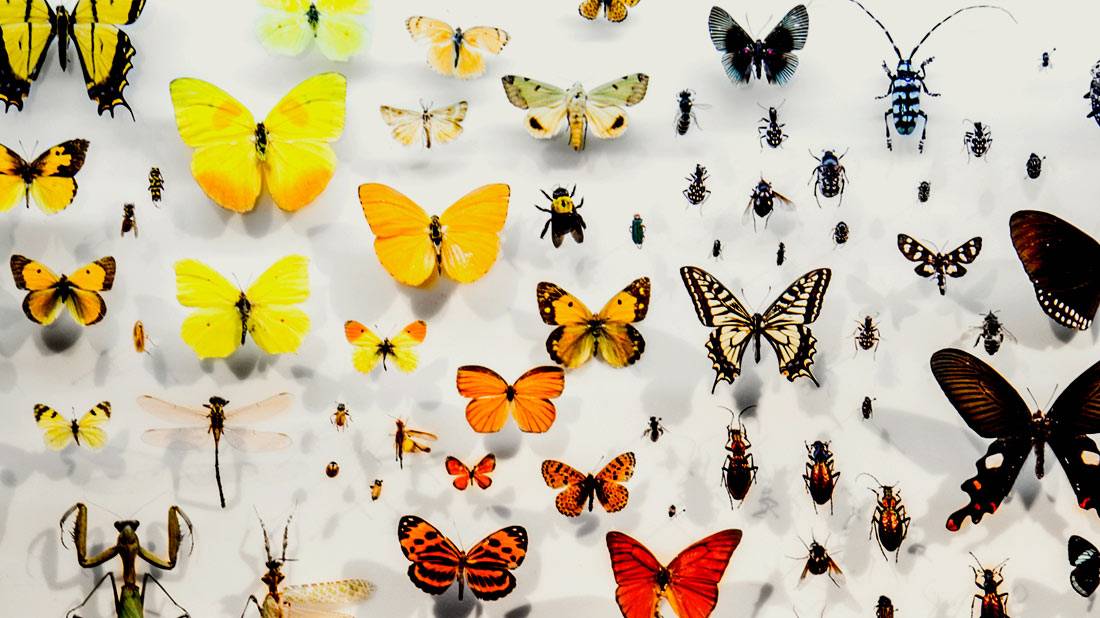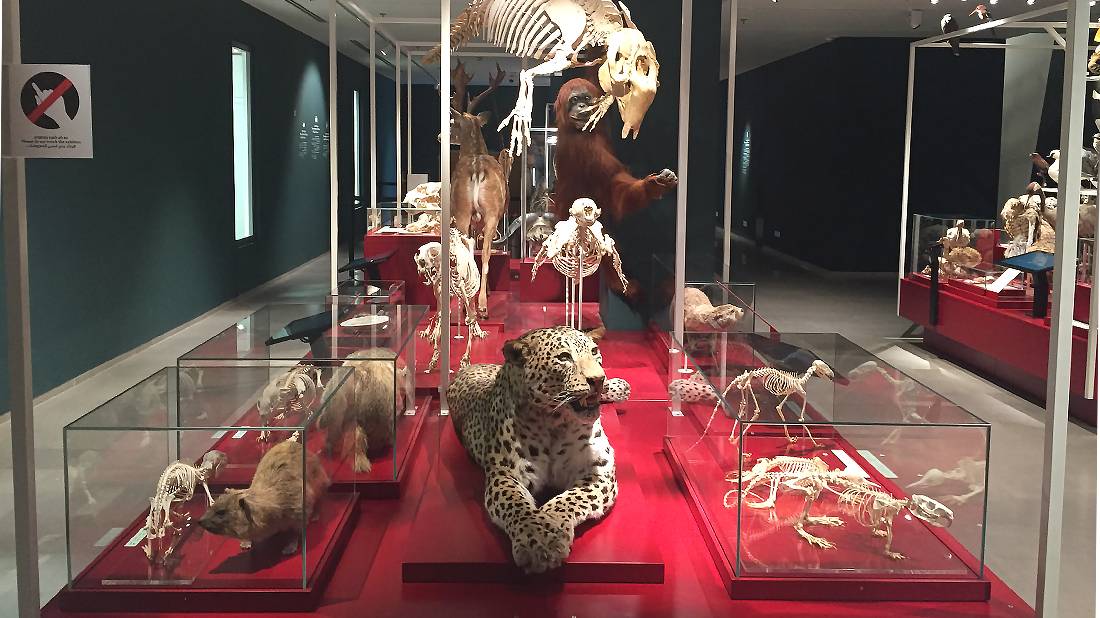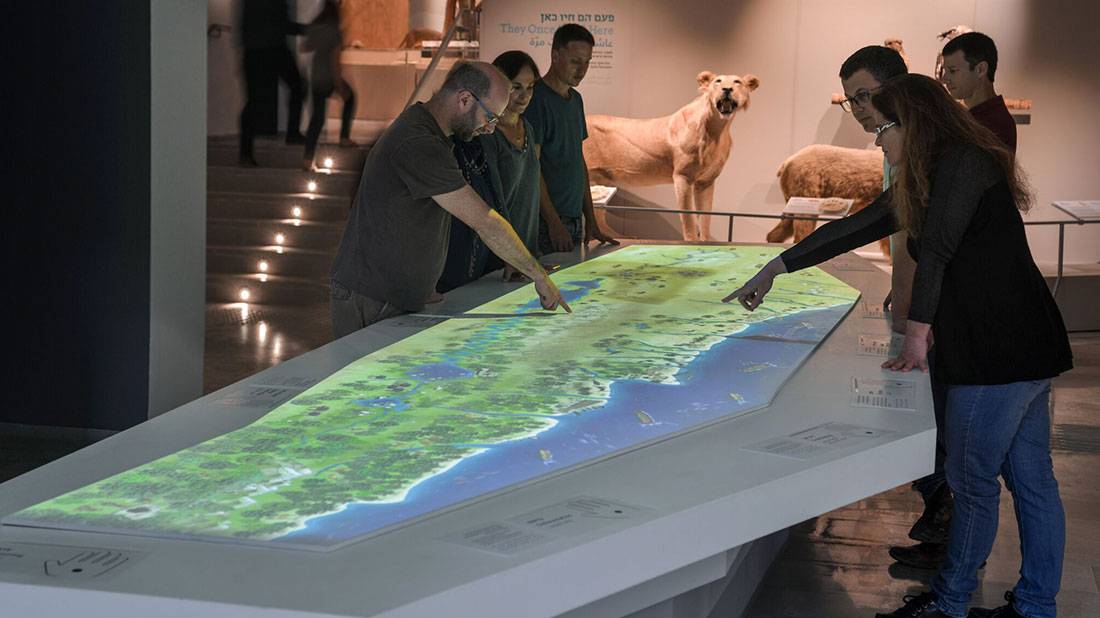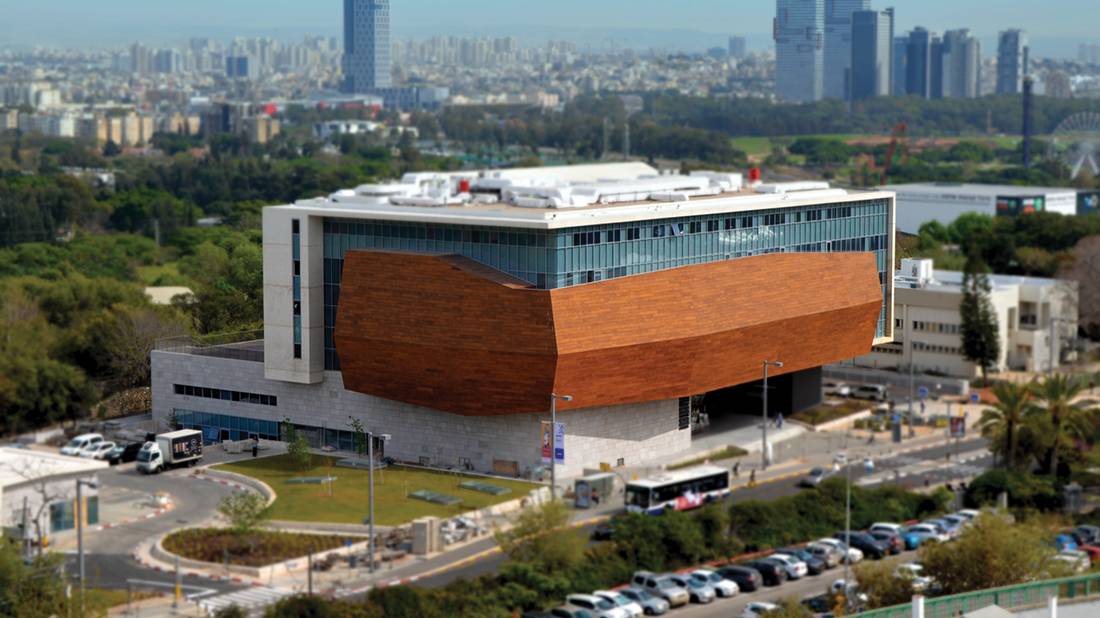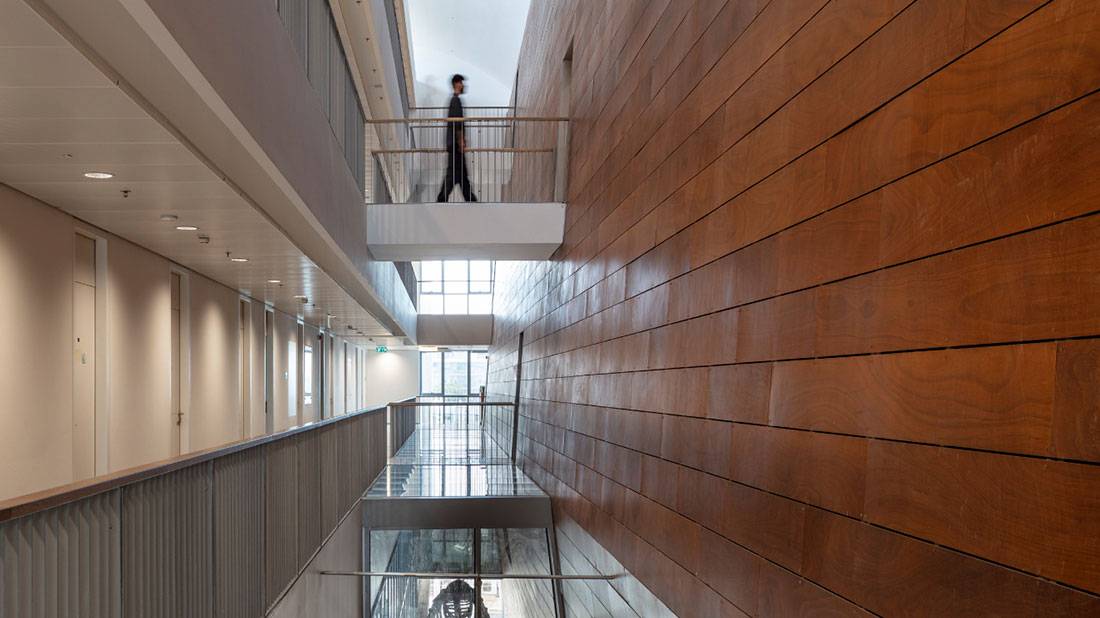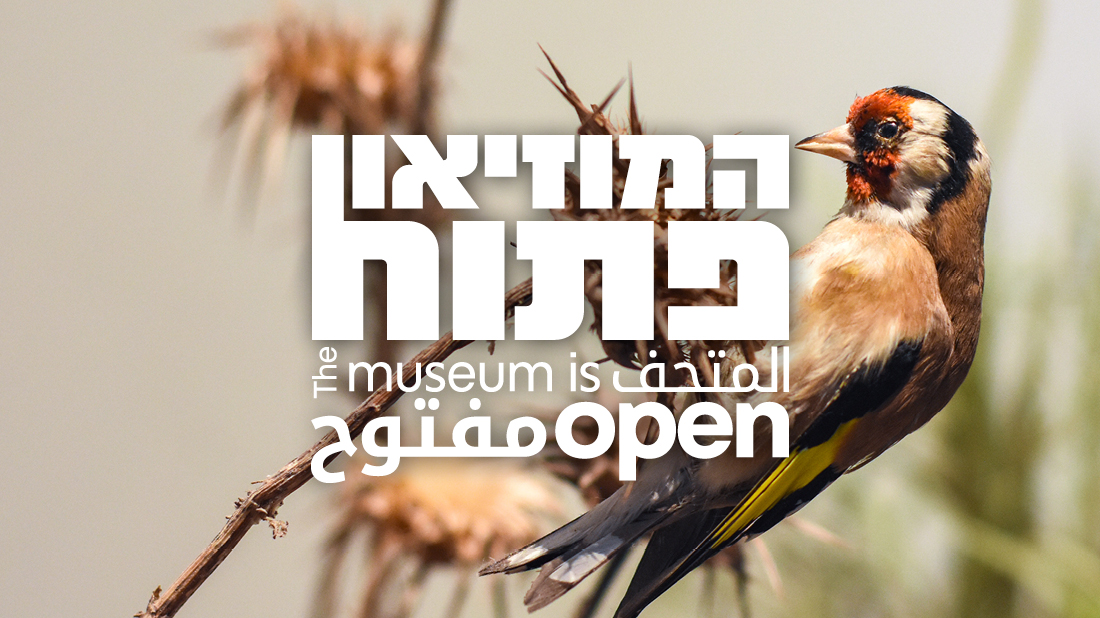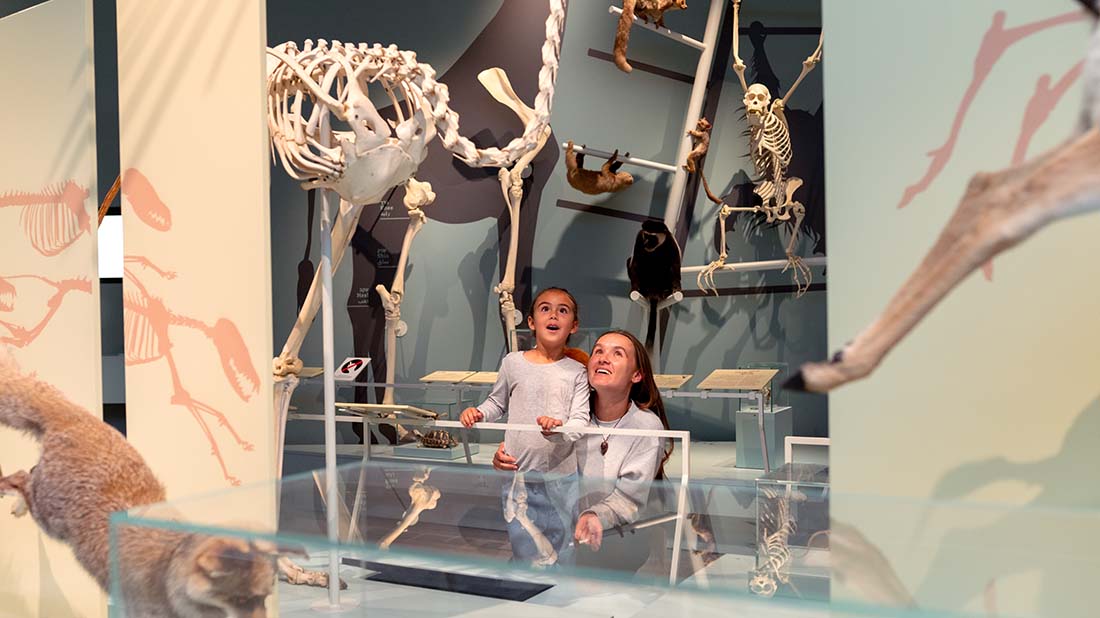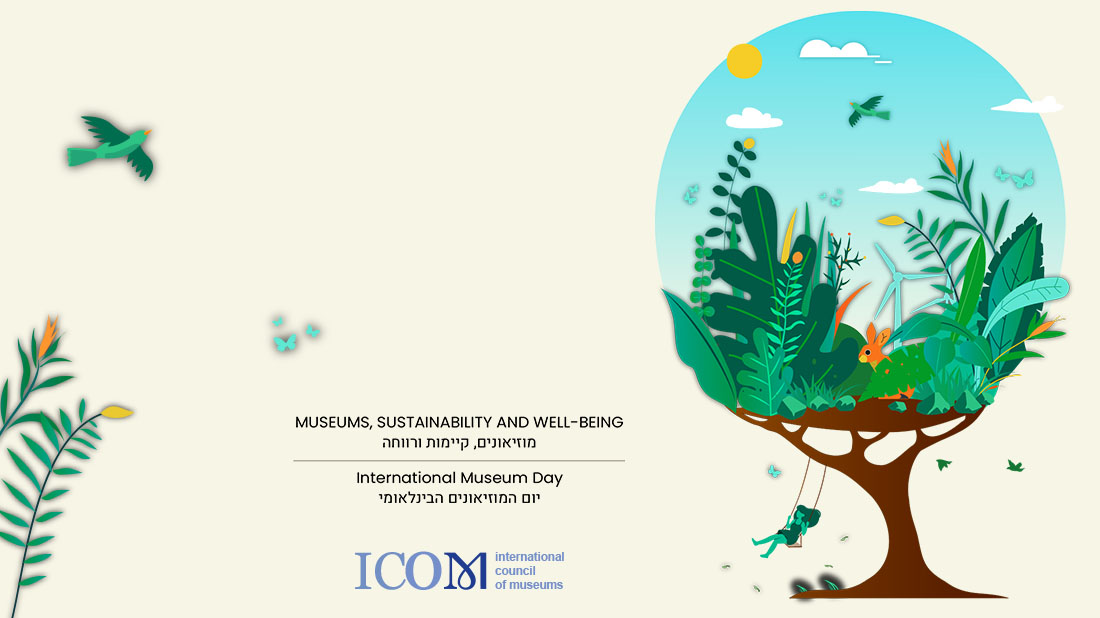
Search results for:
עוד במוזיאון:
In a Nutshell
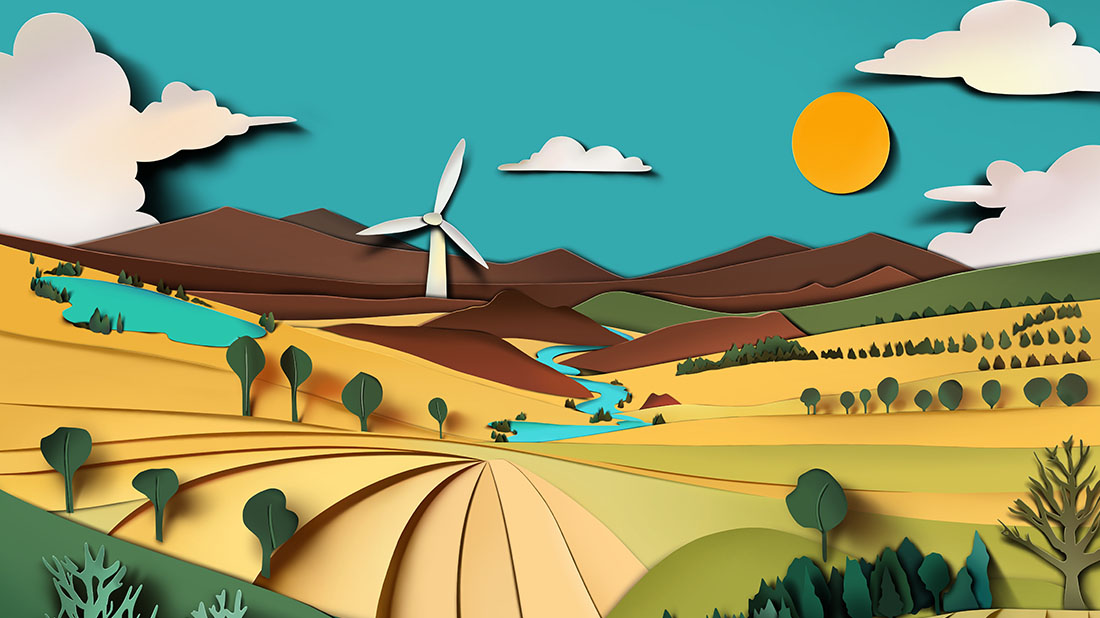
In a Nutshell
A small taste of three central issues that impact nature and our health.
Invasive Species: What’s All the Fuss About?

Invasive Species: What’s All the Fuss About?
From eucalyptus and wood sorrel to the myna and fire ant
In Honor of the New Year: Species New to Science
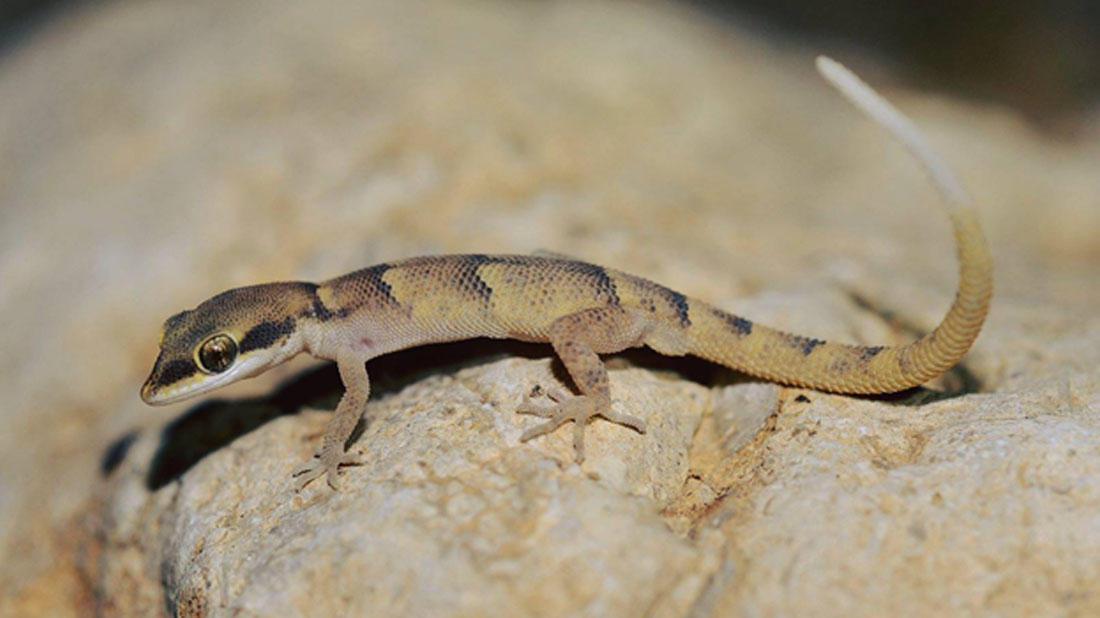
In Honor of the New Year: Species New to Science
New species that were discovered in the past year (2022)
Will We Manage to Save Biodiversity?
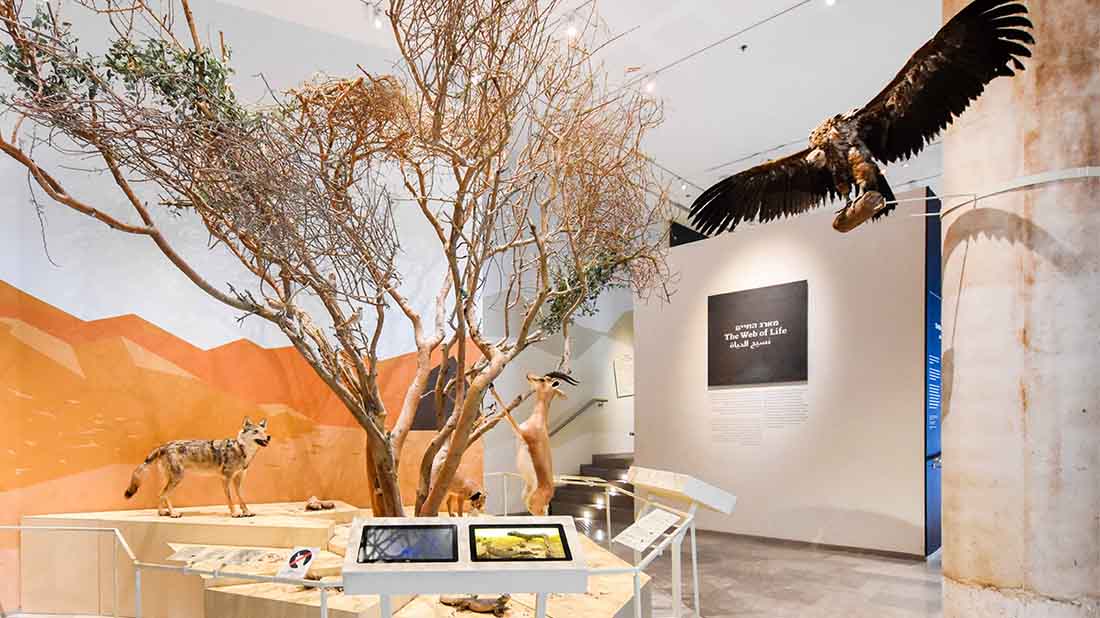
Will We Manage to Save Biodiversity?
About COP15, the United Nations summit of nations on the biodiversity crisis
Studying Past Climates to Prepare for the Future
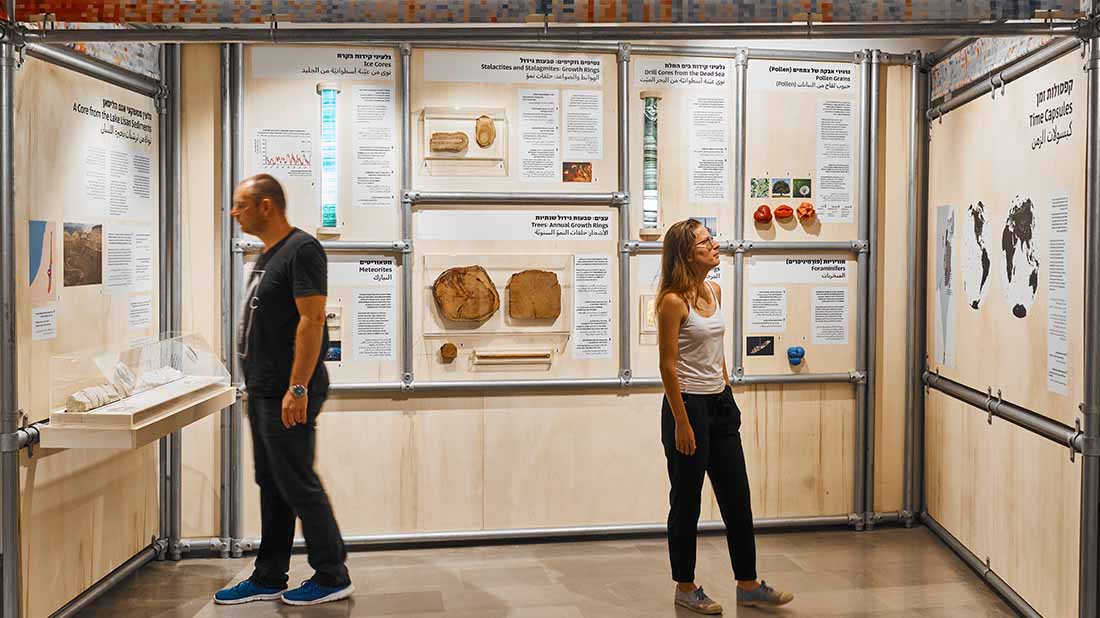
Studying Past Climates to Prepare for the Future
How do we know the climate is changing? In nature, we can find indicators of what was here in the past—we just need to know where to look
White Coral. Dead Coral.
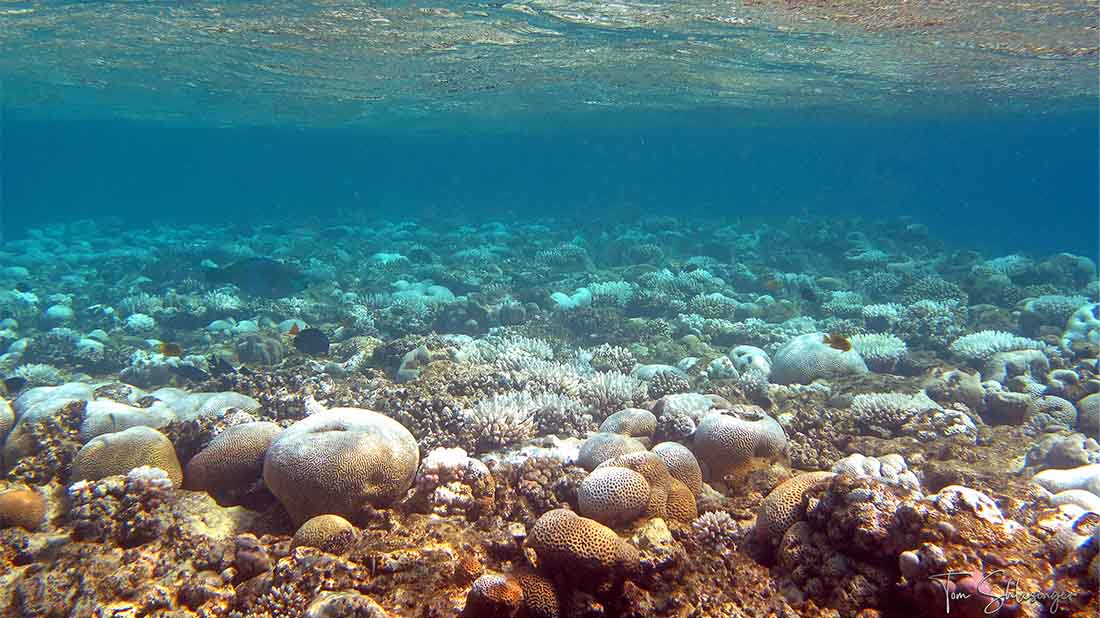
White Coral. Dead Coral.
massive coral bleaching. Why should it concern us? and what can science offer?
Wolf tales
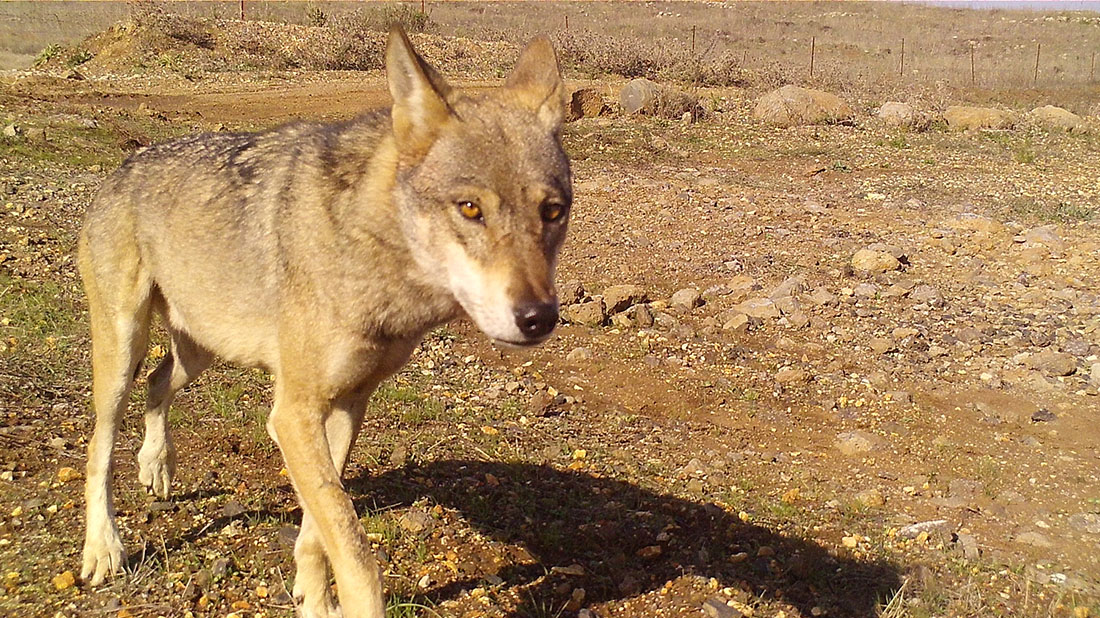
Wolf tales
How can we promote coexistence of wolves and humans? Shlomo Preiss-Bloom, a researcher at the Steinhardt Museum, is trying to help solve this conflict through ecological research.
Another point of view
Another point of view
NASA footage showing the climate changes
Climate, Melting Glaciers and a Glass of Coke

Climate, Melting Glaciers and a Glass of Coke
why is the sea level rising? and what can we do about it?
When Did You Last See a Firefly?
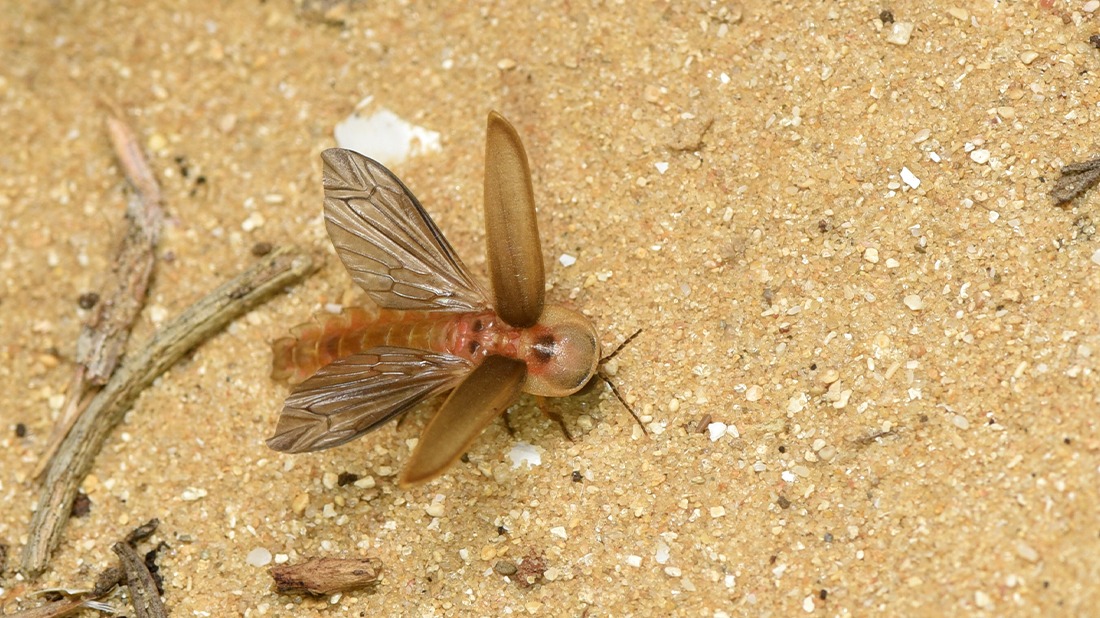
When Did You Last See a Firefly?
The first comprehensive study on fireflies in Israel
Birds Make Us Happy
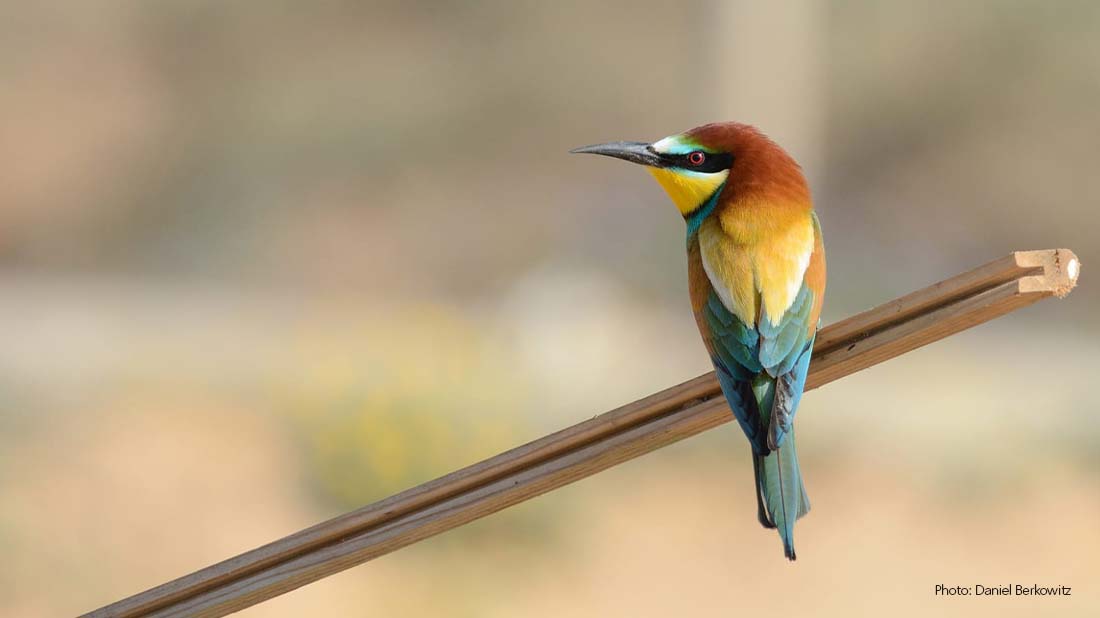
Birds Make Us Happy
new German study: greater bird biodiversity brings greater joy to people
Aesthetics of insects
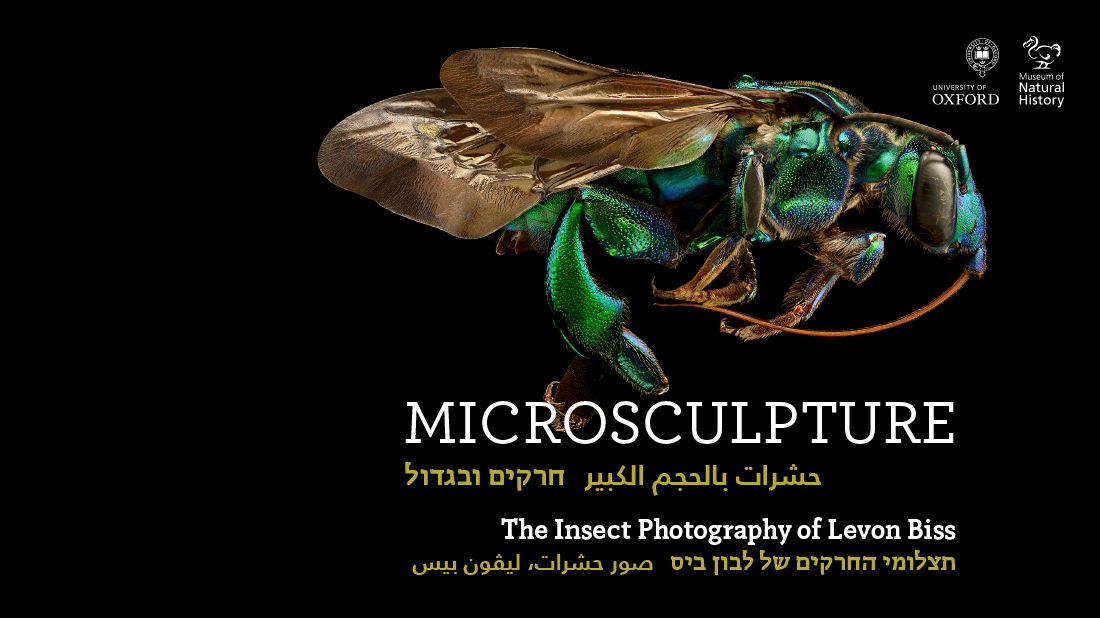
Aesthetics of insects
On nature's aesthetics, inspiration, and insects
Advice for girls in science
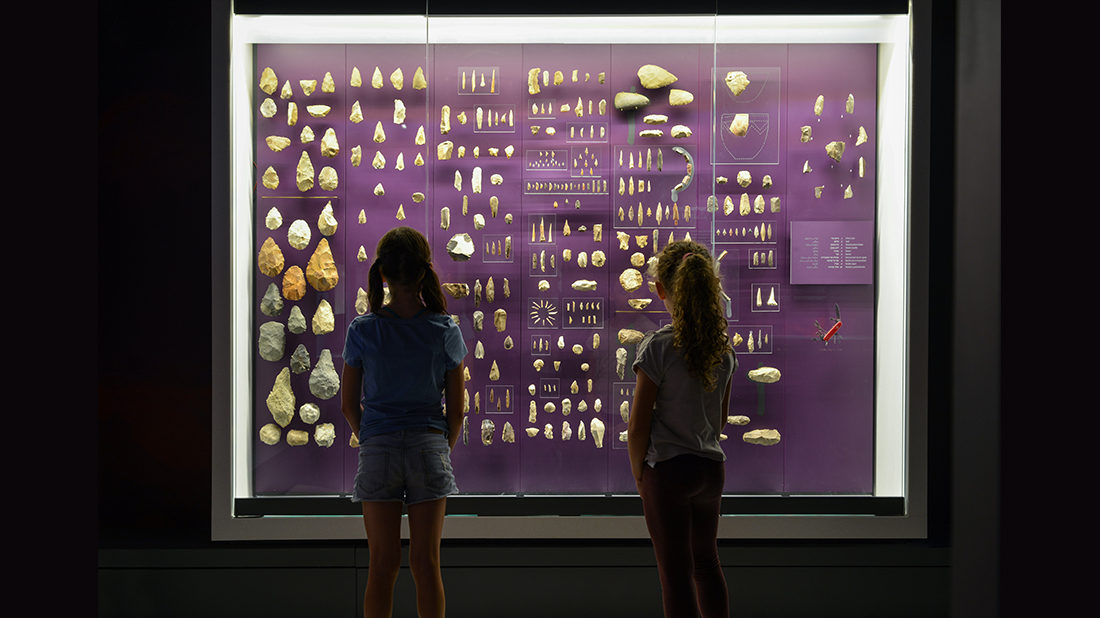
Advice for girls in science
Museum's female researchers and employees in advice for girls
The Formosan Termite
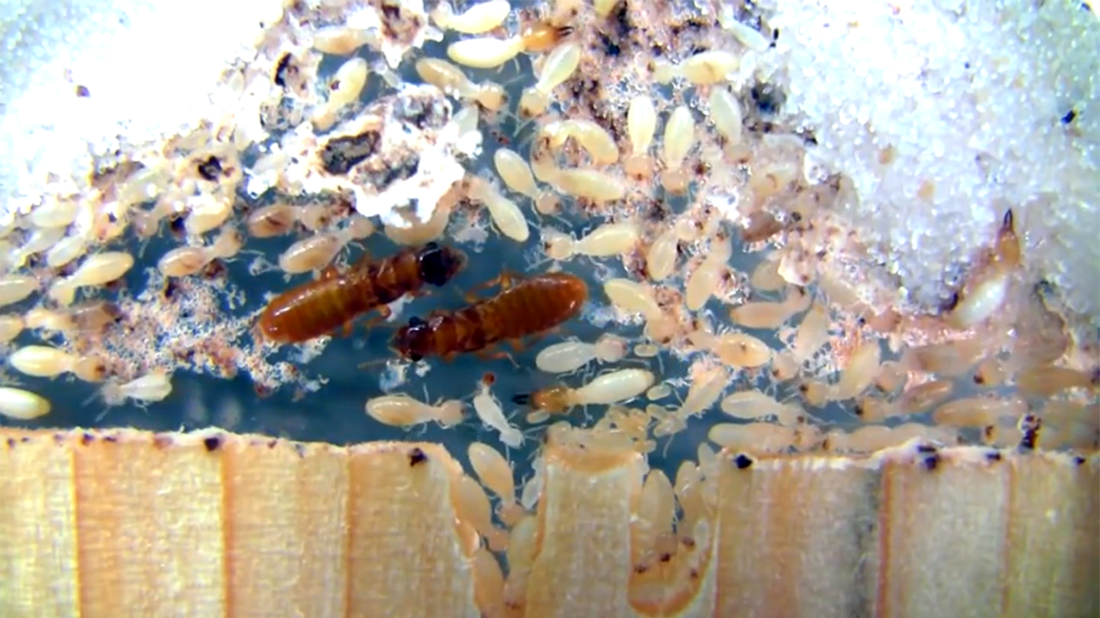
The Formosan Termite
The Formosan Termite is here. What should we do?
Beehives Threatening Mt. Hermon Ecosystem
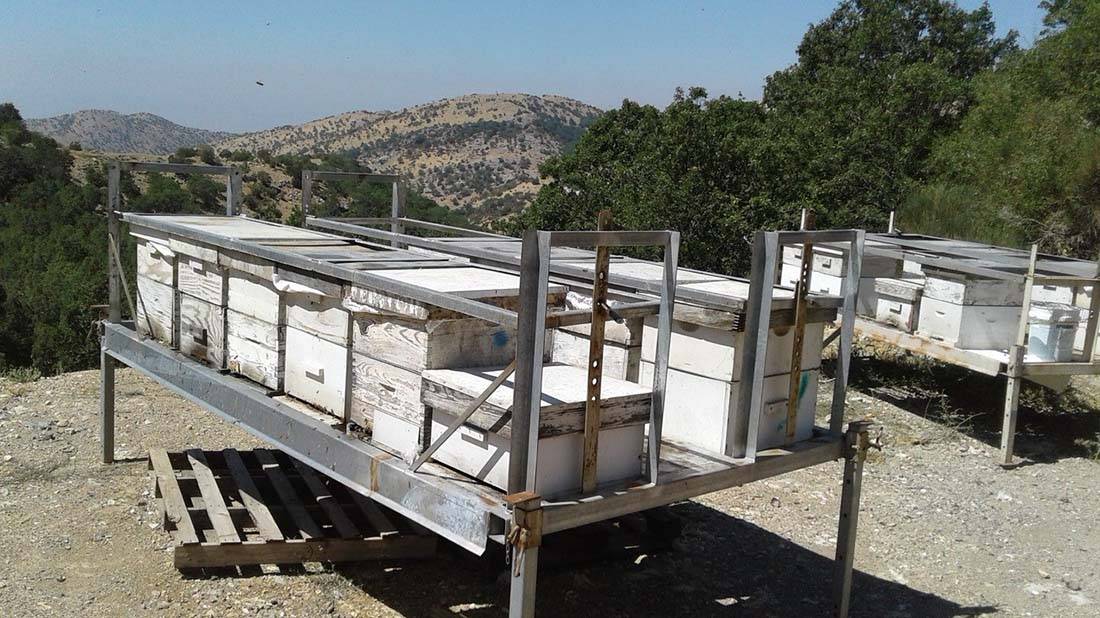
Beehives Threatening Mt. Hermon Ecosystem
Intensive rearing of honey bees is threatening the ecosystem of Mt. Hermon Nature Reserve
The Invention of String
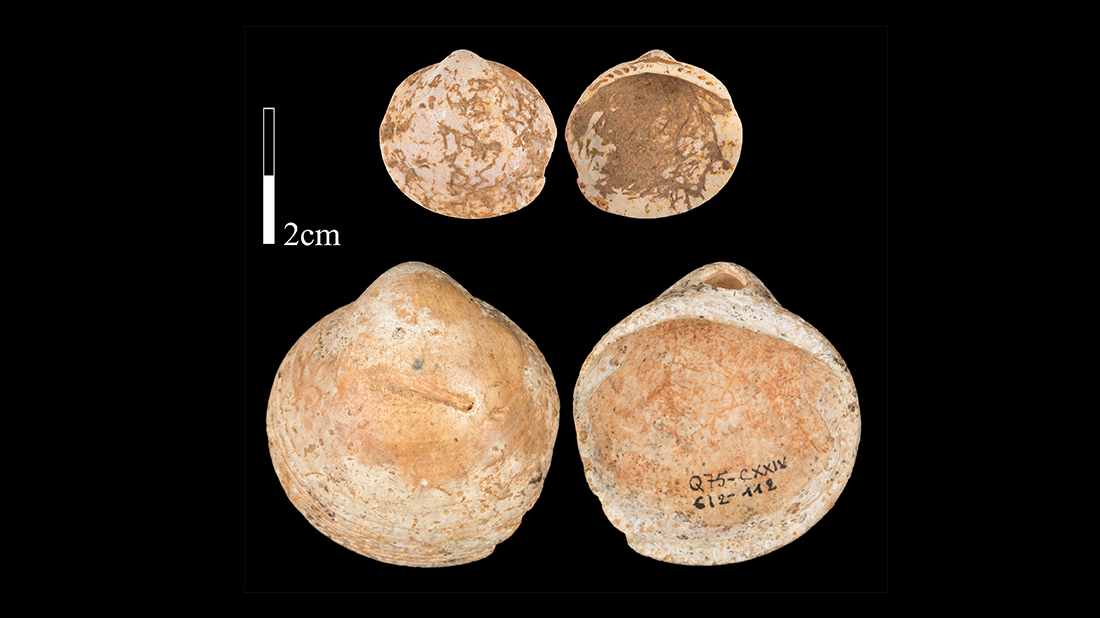
The Invention of String
The invention of string and how it was used
Research: Goat Grazing Aids Fire Prevention

Research: Goat Grazing Aids Fire Prevention
How can goat grazing help prevent fires?
Post-doctoral Fellowship Recipients 2020
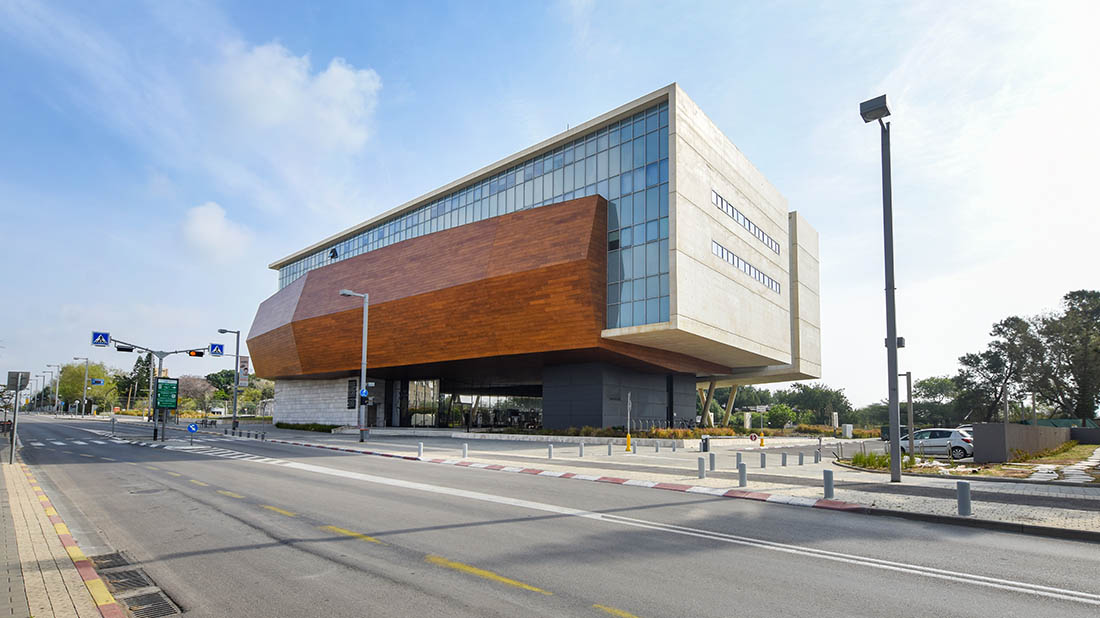
Post-doctoral Fellowship Recipients 2020
congratulations to the recipients of the SMNH Fellowships!
Eat, Save the Planet, Love: A Summary of the EAT-Lancet Report
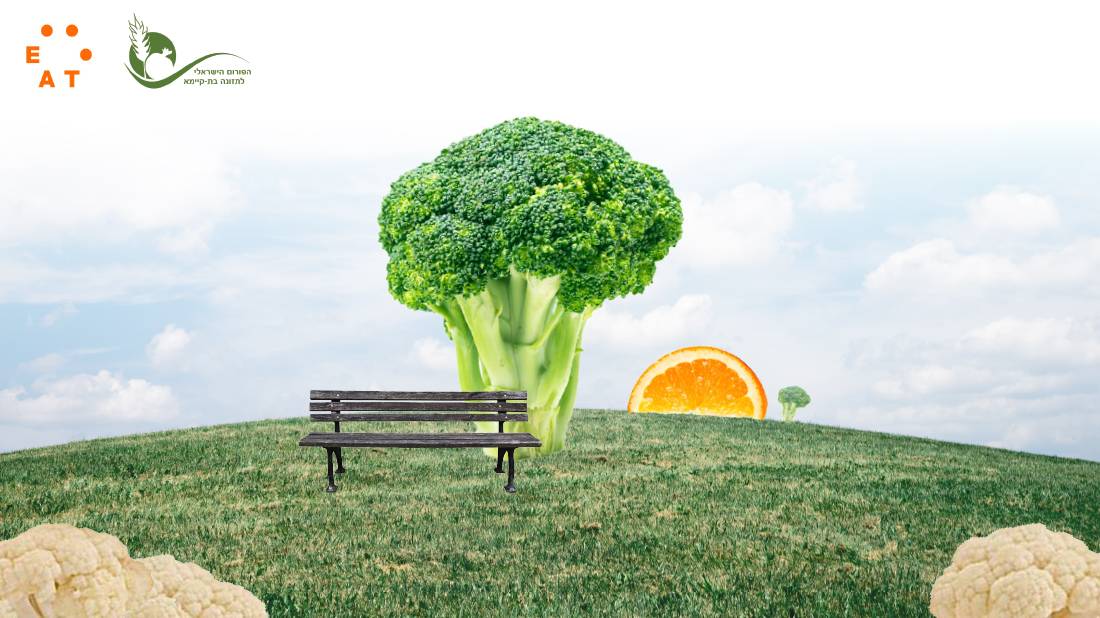
Eat, Save the Planet, Love: A Summary of the EAT-Lancet Report
The EAT-Lancet Report is the most up-to-date and comprehensive scientific review of healthy nutrition for humans from environmentally healthy food systems.
Suez Canal Disaster

Suez Canal Disaster
The 150th anniversary of the Suez Canal
Wildlife on the Galapagos Islands
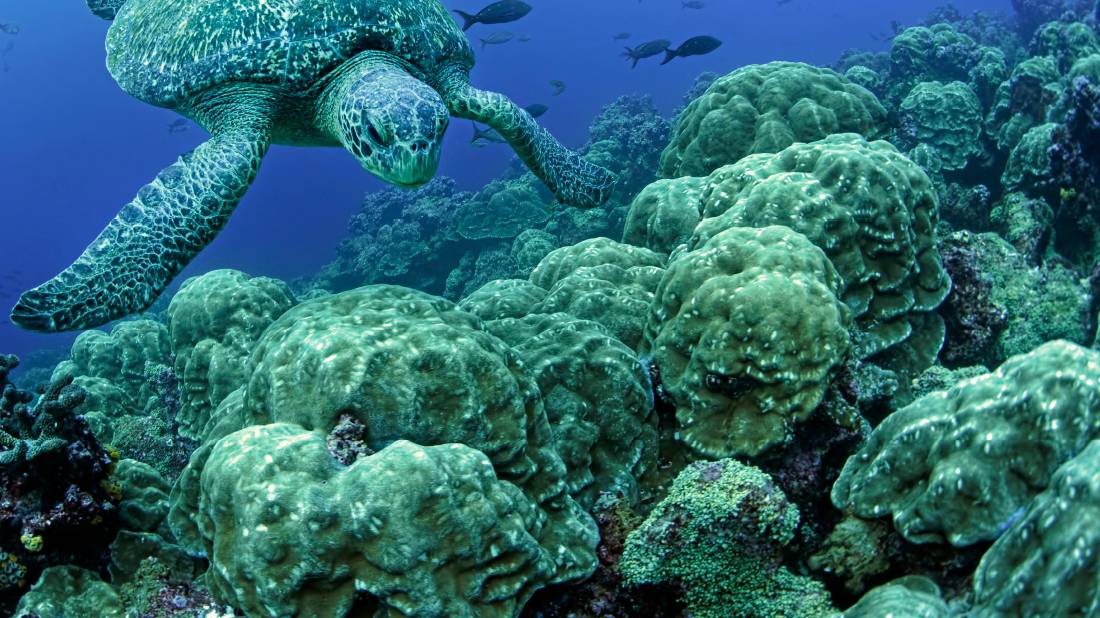
Wildlife on the Galapagos Islands
How an archipelago near the Equator became a major focus for nature researchers
The Father Schmitz Collection
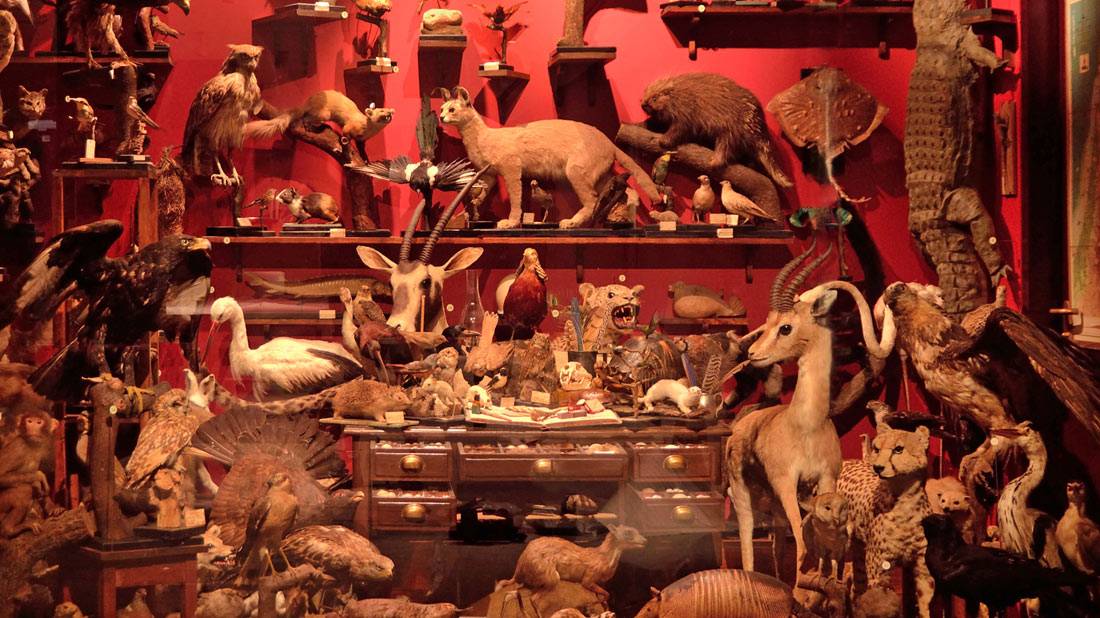
The Father Schmitz Collection
The Father Schmitz collection, on display in the ‘Treasures of Biodiversity’ exhibition at the Steinhardt Museum of Natural History
Interactions among living organisms

Interactions among living organisms
In every environment, living organisms carry out a range of fascinating interactions.
How did the wolf become man’s best friend?
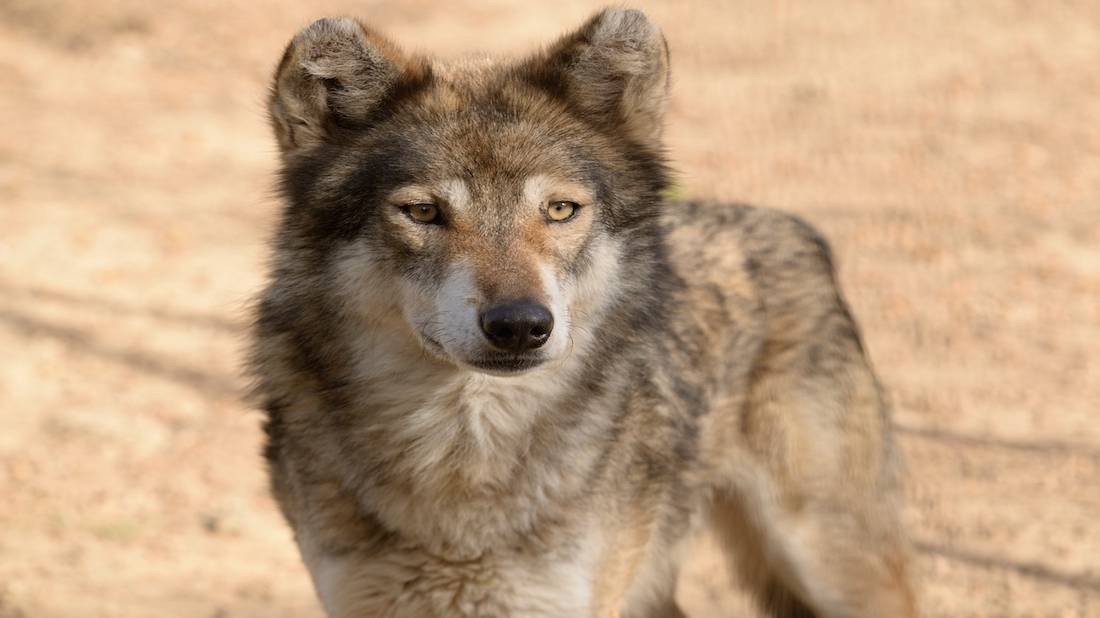
How did the wolf become man’s best friend?
Not everyone knows that the dog was the first animal to be domesticated by man.
Prof. Tamar Dayan: the new Natural History Museum
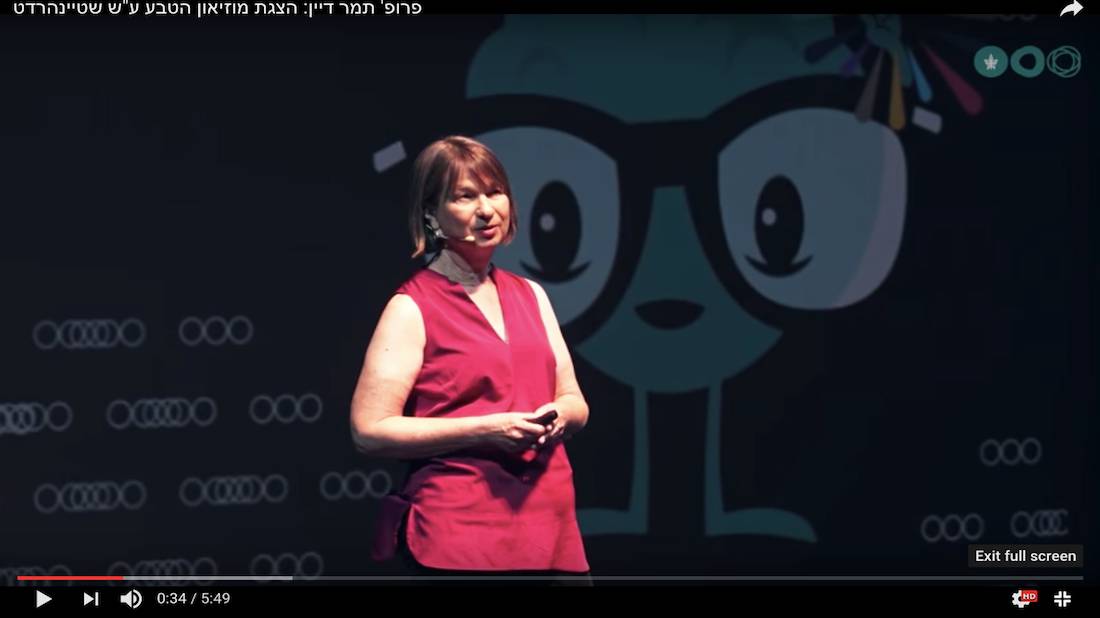
Prof. Tamar Dayan: the new Natural History Museum
Encouraging curiosity, discovery, and exploration: watch the Museum's chair.
God has a soft spot for beetles
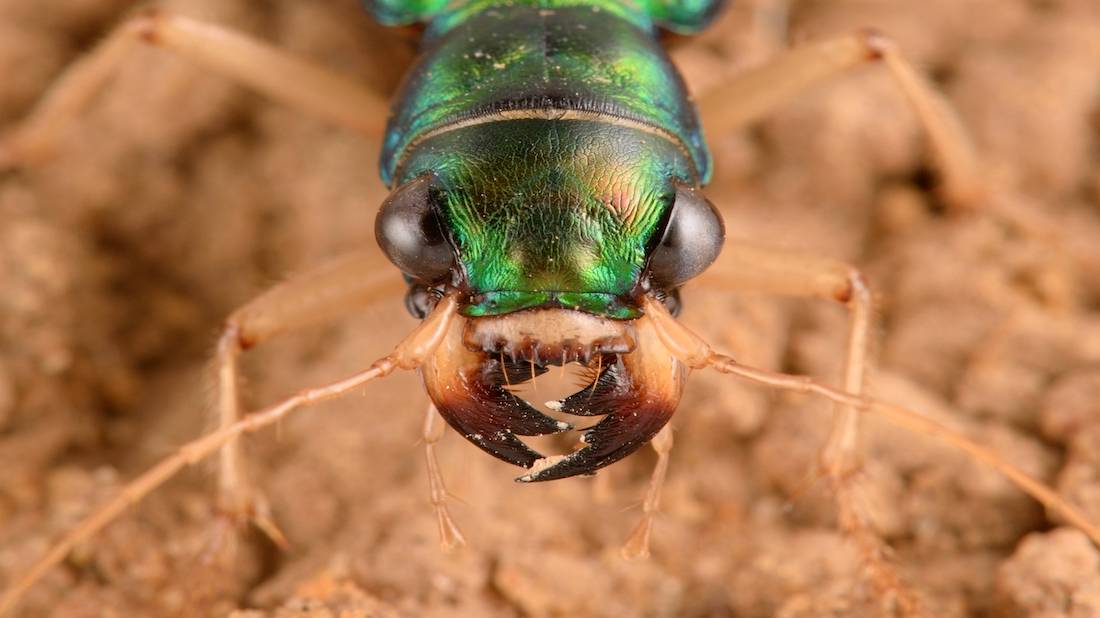
God has a soft spot for beetles
Every fourth animal known today is… a beetle! How is this possible?
What makes a bird a bird?
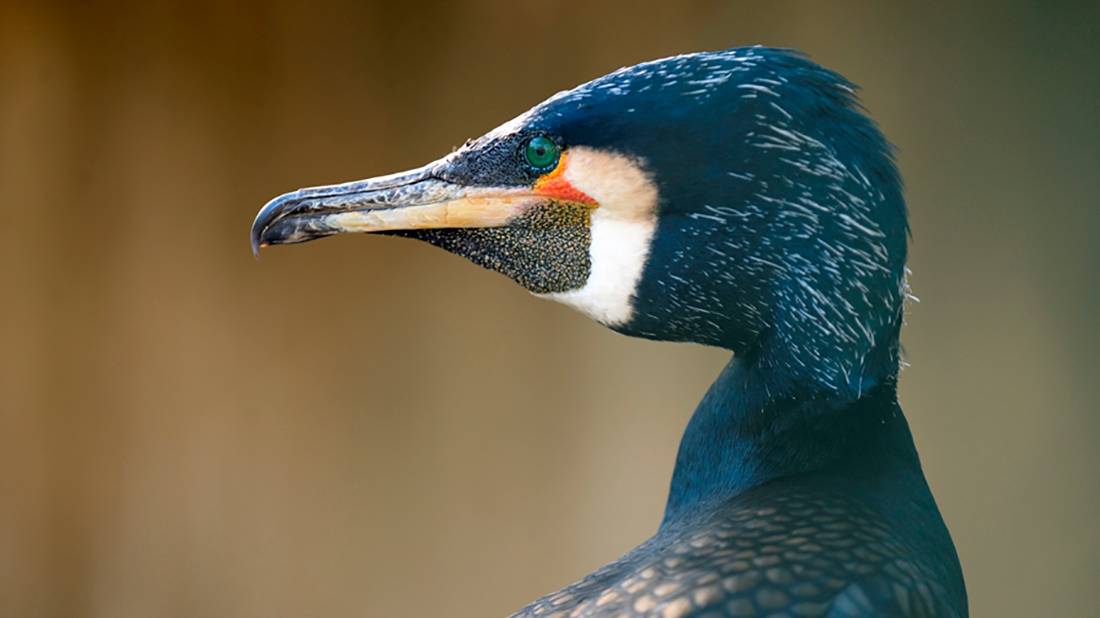
What makes a bird a bird?
Despite their enormous diversity, all birds share several major traits.
A sea of wheat…
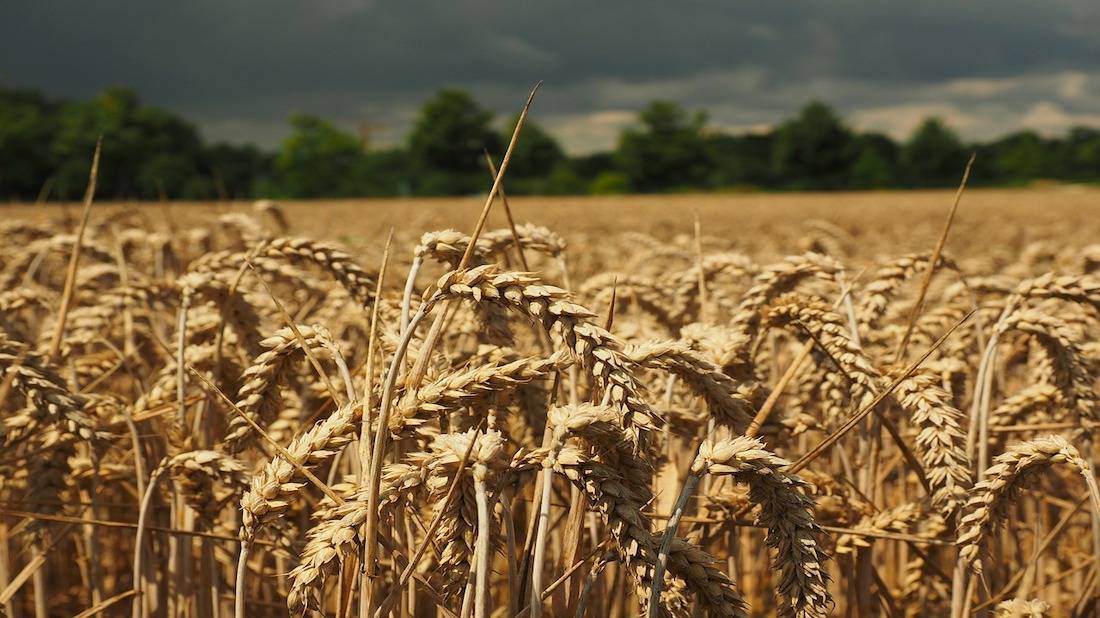
A sea of wheat…
No matter what you choose to eat, chances are you’re eating wheat in one form or another.
Treasuring nature
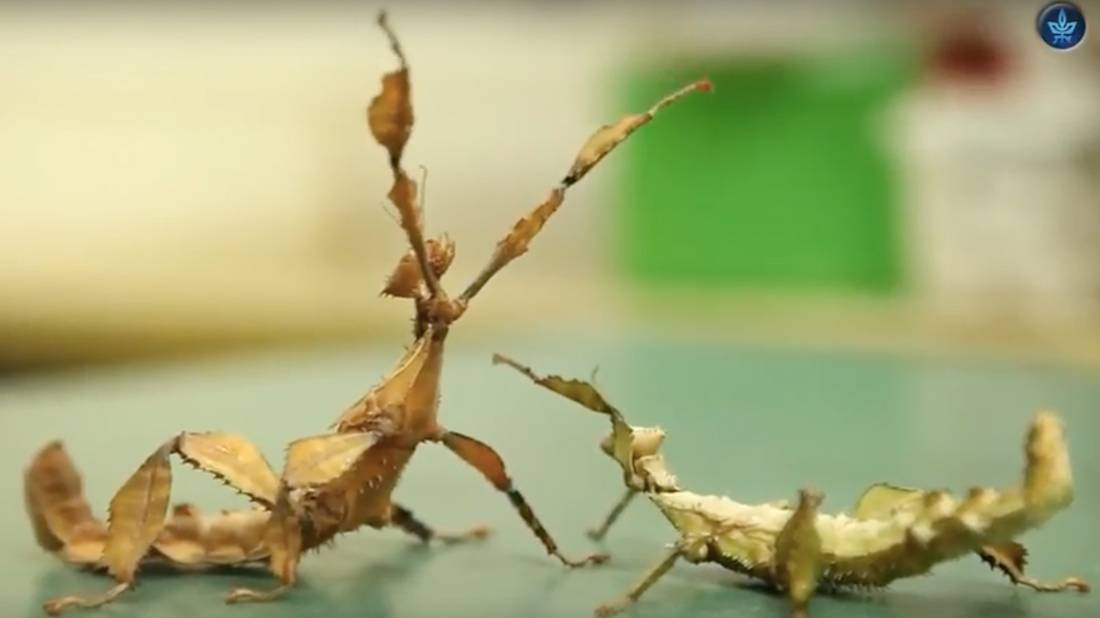
Treasuring nature
How do we describe a new species of insects? And what is the connection between the natural history collections and biological pest control? On the central role of the natural history collections in the documentation, conservation and study of animals and plants, and in helping to maintain ecological balance.
The acacia tree: a web of life in the desert
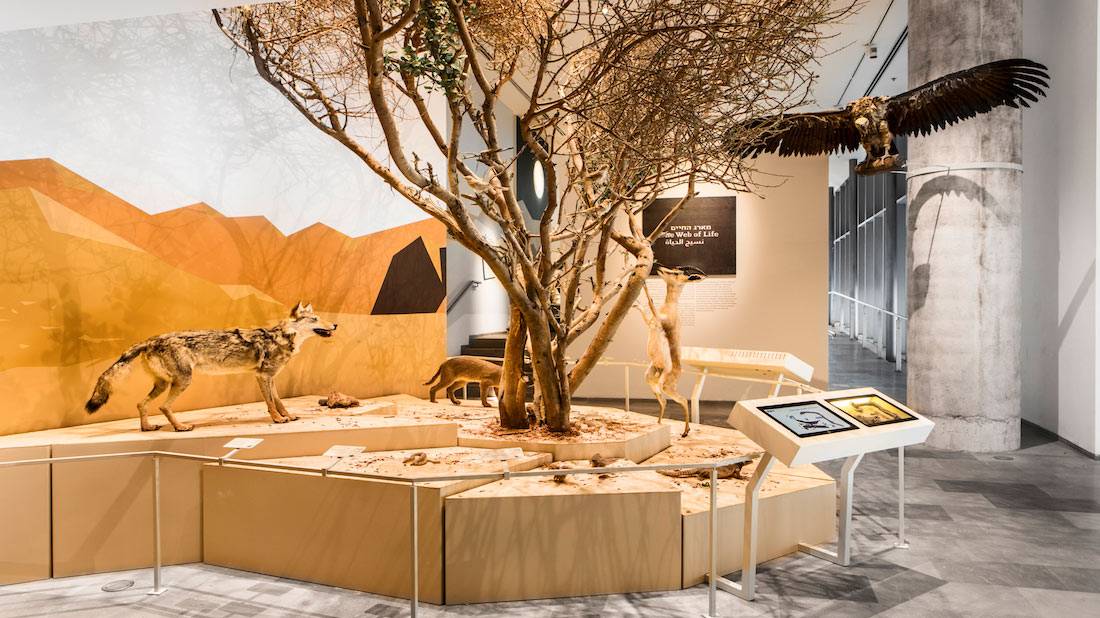
The acacia tree: a web of life in the desert
Read about the complex and fascinating interactions among living organisms in and around the acacia tree.
Living treasures
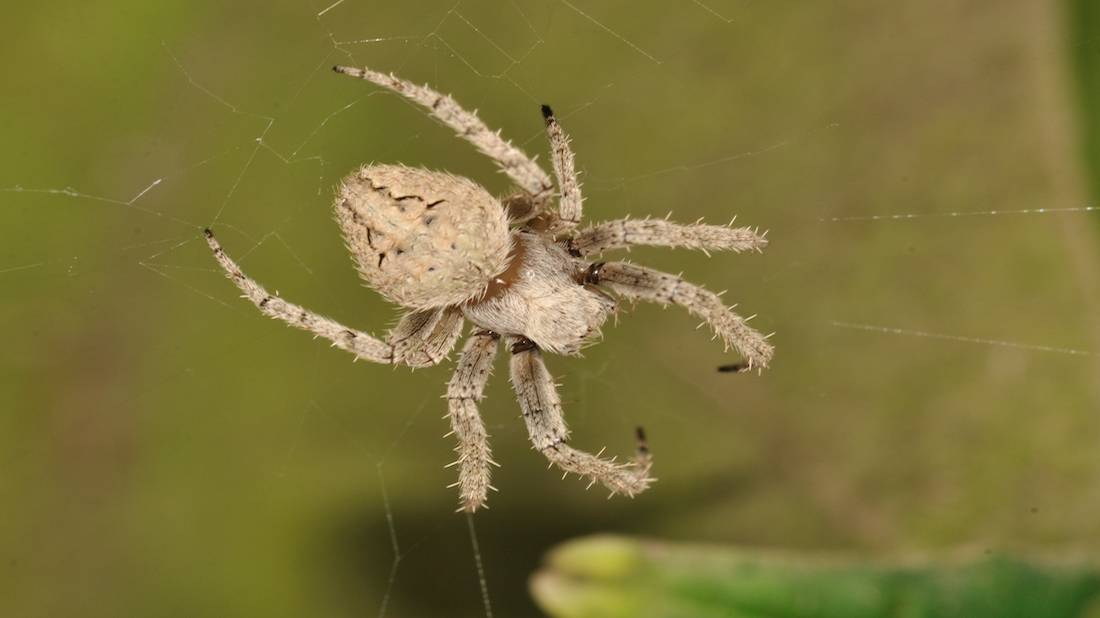
Living treasures
Millions of years of evolution led to the development of millions of species of animals, whose bodies contain an enormous range of unique natural products.
Nocturnal activity – the key to success!
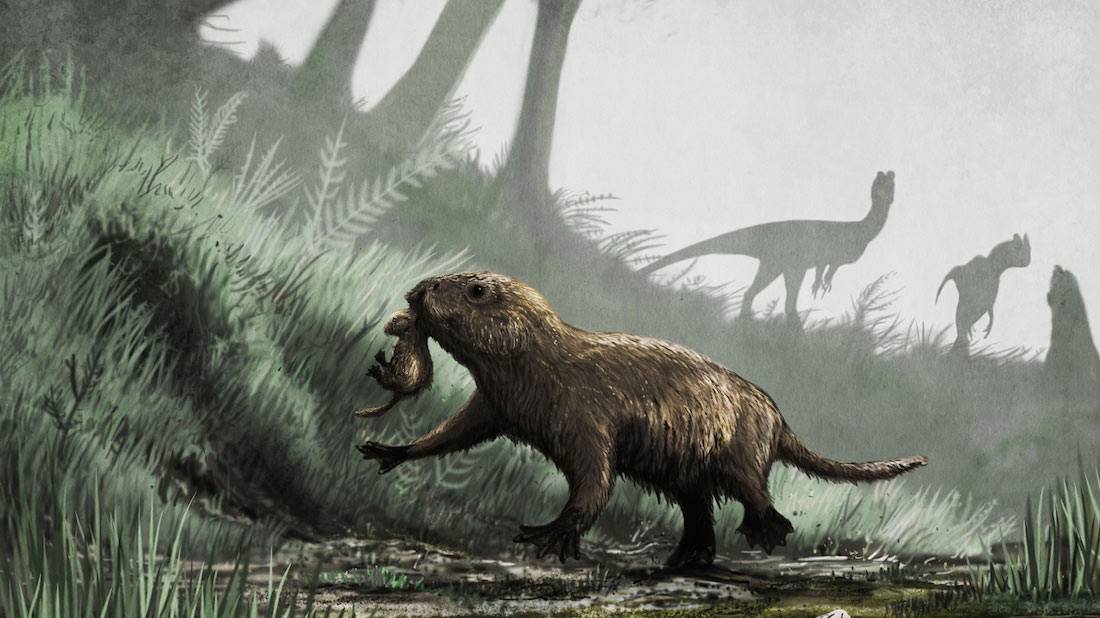
Nocturnal activity – the key to success!
What happened to the mammals when the dinosaurs disappeared?

